Funding opportunity
The Space for Monitoring Hazardous Materials opportunity focuses on supporting innovative space-enabled applications for hazardous materials management. This includes identifying contaminated sites, monitoring toxic material degradation and providing predictive insights for proactive remediation efforts. The initiative aims to address regulatory mandates and health concerns by leveraging advanced monitoring technologies. The scope covers various hazardous substances, including:
- asbestos
- heavy metals
- chemical pollutants
- radioactive waste
A particular emphasis is placed on compliance with international and national regulations.
The challenge
Hazardous materials pose significant risks to human health and the environment, necessitating systematic monitoring and safe removal strategies. International and national regulations mandate the safe handling of these substances, and companies must invest in advanced monitoring technologies to comply with these regulations and to protect workers.
Topics of relevance
Environmental and public health monitoring
Hazardous substances, such as asbestos, pose significant risks to nearby populations, especially in areas that have historical contamination or improper disposal practices. It highlights the need for systematic environmental monitoring, safe demolition practices and secure waste containment to mitigate these risks.
Regulatory compliance and risk management
Strict frameworks govern the safe handling, monitoring, and disposal of hazardous materials to protect public health and the environment. Space-based technologies have an important role in enabling large-scale monitoring and data-driven risk management to ensure regulatory compliance, and proactive mitigation strategies.
Workplace and occupational safety
Employees face health risks working in environments with hazardous materials during construction, demolition, or industrial processes. This underscores the importance of advanced tools and strategies, including space-based technologies, to monitor and manage risks in real time, ensuring compliance with workplace safety standards.
Value of space
Satellite Earth Observation (SatEO)
Large-scale, regular monitoring of air, soil, and water quality. It identifies contamination hotspots, including former industrial sites or demolition zones. It can detect asbestos fibres and other hazardous materials using hyperspectral and optical imagery, and supports regulatory compliance by verifying safety standards and reducing the need for on-site inspections.
Satellite Communications (Satcom)
Seamless data transmission from remote monitoring sensors, particularly in areas with a limited communication infrastructure. This facilitates rapid responses to risks and ensures reliable communication between monitoring teams, regulatory bodies and health agencies. It offers high-bandwidth communication for continuous environmental monitoring and data handling.
Global Navigation Satellite System (GNSS)
Accurate location data for contaminated areas, ensuring efficient targeting of high-risk zones and effective environmental assessments. It optimises the positioning of monitoring devices and supports compliance with regulatory requirements, and enhances real-time data tracking and mapping for better management of hazardous materials and legacy contamination sites.
What we look for
Kickstart Activities explore the business opportunity and the technical viability of new applications and services that make use of one or more space assets (e.g. Satellite Communications, Satellite Navigation, Earth Observation, Human Spaceflight Technology).
This call is open to companies that intend to develop space-enabled applications and services to support and evidence environmental claims and labelling for the monitoring of hazardous materials.
What we offer
We offer funding and support to companies, both for business case assessment and for the development of new, space-based services.
Our offer includes:
- Technical & commercial guidance
- Access to our network and partners
- Use of the ESA brand for your service
- Zero-equity funding
- Each selected activity will receive 75% funding by the European Space Agency of up to 75k EUR
How to apply
- Register your team on esa-star registration today.
- When the Kick-Start opens on 31 July 2025 visit esa-star publication and search for the Space for Monitoring Hazardous Materials opportunity to download the official competition documents.
- Use the official documents to prepare your proposal.
- Reach out to your National Delegate (if applicable) to apply for a Letter of Authorisation. Contact details of each National Delegate can be found here.
- Submit your proposal via esa-star Tendering before the deadline on 9 October 2025.
Authorisation of funding
ESA Space Solutions can provide funding to perform Kick-Start activities to any company (economic operator) residing in the following Member States: Belgium, Czech Republic, Denmark, Estonia, Finland, France, Germany, Hungary, Ireland, Italy, Lithuania, Luxembourg, the Netherlands, Norway, Poland, Portugal, Romania, Slovenia, Sweden and Switzerland, and the United Kingdom.
Germany and Luxembourg have preauthorised funding for this call.
Webinar



